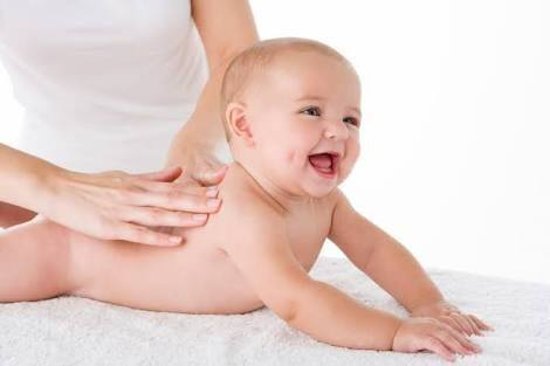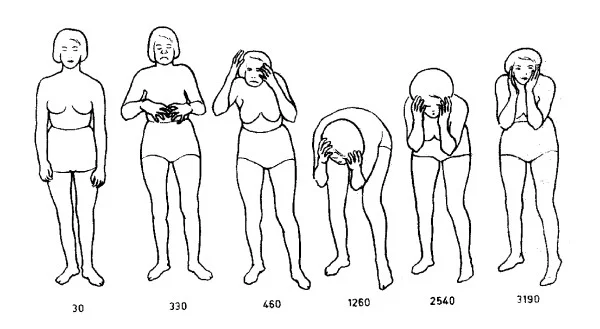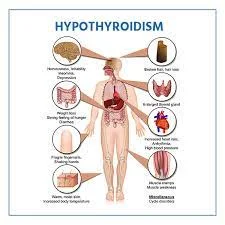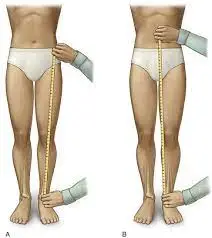Growing pains
Growing pains are cramping, achy muscle pains that some preschoolers and preteens feel in both legs. The pain usually occurs in the late afternoon or evenings. But it may cause your child to wake up in the middle of the night. Growing pains usually start in early childhood, around age 3 or 4.
Are achy legs keeping your child awake at night? He or she may have growing pains.
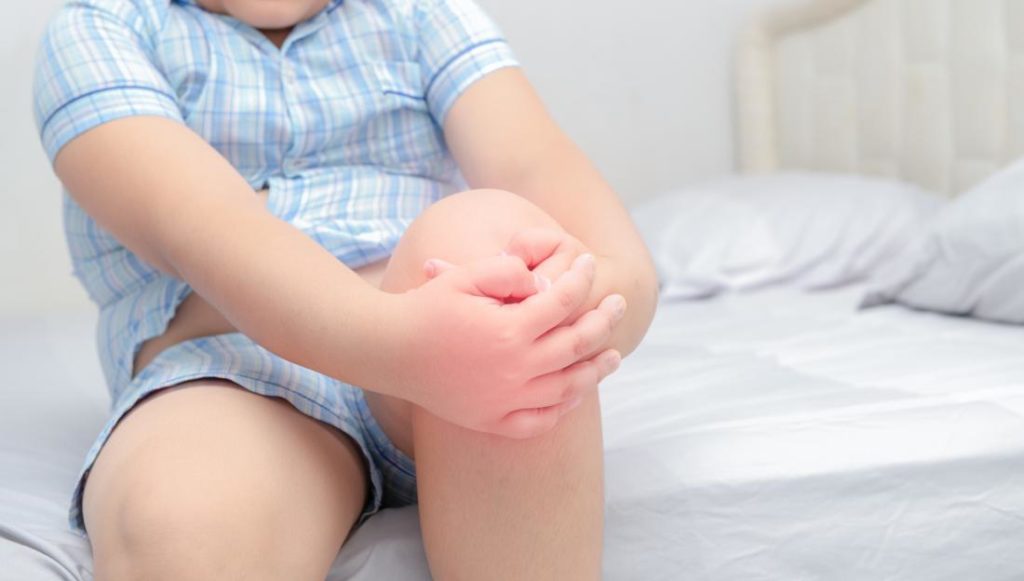
Growing pains are cramping, achy muscle pains that some preschoolers and preteens feel in both legs. The pain usually occurs in the late afternoon or evenings. But it may cause your child to wake up in the middle of the night.

Growing pains usually start in early childhood, around age 3 or 4. They tend to strike again in kids aged 8-12.
Table of Contents
Causes of Growing Pains
Despite the name “growing pains,” there is no firm evidence that growing pains are linked to growth spurts.
Instead, growing pains may simply be muscle aches due to intense childhood activities that can wear your child’s muscles out. These activities include running, jumping, and climbing. Growing pains seem to be more common after a kid has a particularly full day of sports.
Risk factors of Growing pains
Growing pains are common in preschool and school-age children. They’re slightly more common in girls than in boys. Running, climbing or jumping during the day might increase the risk of leg pain at night.
Symptoms of Growing Pains
Growing pains are different for everyone. Some kids have a lot of pain, others do not. Most kids do not have pain every day.
When to see a doctor?
Consult your child’s doctor if you’re concerned about your child’s leg pain or the pain is:
Persistent
Still present in the morning
Severe enough to interfere with your child’s normal activities
Located in the joints
Associated with an injury
Accompanied by other signs or symptoms, such as swelling, redness, tenderness, fever, limping, rash, loss of appetite, weakness or fatigue
rowing pains can come and go. They may be experienced for months or even years. Most kids outgrow growing pains within a few years.
The pain is usually felt in the late afternoon and evening, right before dinner time, and at bedtime. The leg pains may hurt so much that they may wake your child from sleep.
If your child seems perfectly fine in the morning, don’t be quick to think he or she was faking. Growing pains disappear in the morning. They usually do not interfere with the child’s ability to play sports or be active.
In general, growing pains are felt in both legs, especially in the front of the thighs, back of legs (calves), or behind the knees.
Studies suggest that children who have growing pains may be more sensitive to pain. Children who have growing pains are also more likely to have headaches and abdominal pain.
How Are Growing Pains Diagnosed?
A doctor can usually diagnose growing pains by examining your child and asking questions about his or her medical history and symptoms. It is important to rule out any other possible causes of the pain before making the diagnosis of growing pains. This is why it is important to see the doctor if you think your child has growing pains or any limb pain.
If your child has growing pains, the doctor will not see anything abnormal during the physical exam. Blood work and X-rays are usually not needed in this case.
Growing pains treatment
You may be able to help your child feel better when he or she has growing pains. Your doctor may suggest you do one or more of the following:
Massage the painful area.
Stretch the muscles in the painful area.
Give your child Your doctor may recommend acetaminophen (one brand: Tylenol) or an NSAID (one brand: Advil). He or she may suggest medicines be taken after the pain has started. Or, to avoid growing pains at night, your doctor may advise you to give your child medicine after a day with lots of physical activity. Daily medicines also may help if your child has growing pains every night.
Living with growing pains
Growing pains usually aren’t serious and are a common part of childhood for many children.
Growing pains may cause your child to be tired during the day. That’s because he or she may not sleep well when having the pains during the night. It’s important to know the techniques your doctor advises to help your child get back to sleep as soon as possible.
Physiotherapy treatment
Regardless of the root cause of growing pains, physiotherapy can be used to alleviate the pain. Massaging the legs can help to loosen up the muscles and make it easier for them to stretch out, thus reducing the pain the child will experience. Hot baths in the evening may also help to loosen the muscles, as can applying a heat pad to the affected areas.
However, stretches are by far the most effective way to reduce the pain. If you take your child to visit a physiotherapist, they will be assessed so the best exercises and stretches can be identified. As every child is different and has different physical abilities and limitations, the physiotherapist will determine which muscles are the most problematic, and what stretches will be most effective at reducing the pain. It is important for a physiotherapist to be involved in this process, as simply doing general stretches could exercise the wrong muscles, or exercise them in the wrong way. This would not only be a waste of time, but could cause the pain to become even worse.
The pain experienced by children during these periods often seems unrelenting and unbearable, so it may come as a surprise to learn that it could begin to disappear just weeks or even days after the stretches are put into practice. Growing pains typically occur periodically over the course of several months, but can last for over a year. They can also be quite frequent, with some children experiencing them almost every night, so visiting a physiotherapist and identifying the necessary stretches can save parents and children from a long, drawn-out period of pain, not only ensuring that your kids are pain-free, but also that they stay active, happy, and get a good night’s sleep.
Repeat several times. Lying on her tummy, get your child to bend her leg to 90 degrees at the knee then push the front of your child’s foot down to stretch out her calves. Hold for a few seconds and repeat. Your child lies on her back and you lift each leg gently by the heel to stretch out the hamstring.
Many professions and therapists do not offer treatment for growing pains, and just reassure the parent that the child will grow out of them. In Kilkenny Physiotherapy & Sports Injury clinic, we take an active approach to the treatment of growing pains. We turn the child into an athlete showing them how to alleviate their pain. We teach the child how to do exercises to address their specific problem.
The treatments usually advocated for growing pains include;
Massaging the legs
Stretching the leg muscles
Hot packs
Over-the-counter pain medicine (not aspirin)
We will also look at all of the underlying biomechanical issues that need addressing.
Treatment for this often includes:
Massage, muscles relaxation modalities, other muscle release techniques
Stretch or release tight muscles including foam rolling
Strengthen weak muscles in calves, around hips and core muscles
Foot muscle strengthening
Core strengthening exercise classes
Correct alignment – Provide orthotics if required
Re-educate gait and run to become more efficient
Growing pains may be associated with other children‘s complaints.
